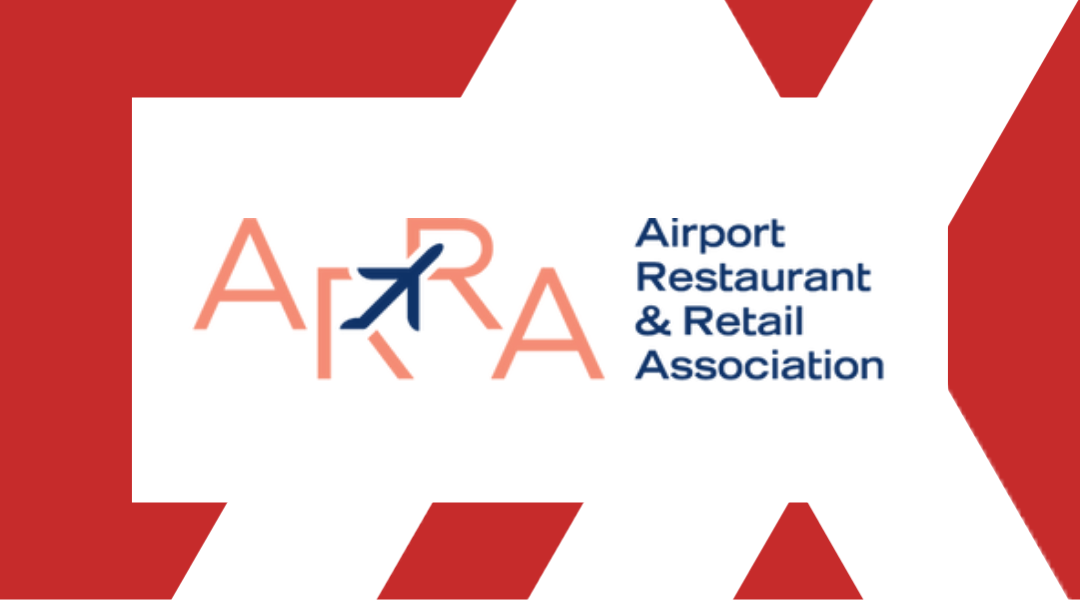The challenges facing Austin-Bergstrom International Airport (AUS) as the industry adjusts to its post-pandemic future are a bit different than those facing others.
The airport, which had outgrown its capacity before the pandemic hit, has seen another influx of passengers due, in part, to population growth stemming from companies relocating to Austin and from people moving there due to a lower cost of living away from the coasts.
Mukesh (Mookie) Patel, airport chief business and finance officer at AUS, joined the weekly Airport Restaurant and Retail Association (ARRA) call last week to discuss how the airport has been dealing with the increased passenger counts while also tackling labor shortages and construction costs as the airport expands.
Patel, who has been on all sides of the industry in jobs from New York to Alaska over nearly three decades, leads a team of finance and revenue professionals at AUS who manage a $124 million operating budget.
“The nightmare of COVID is the gift that’s going to keep on giving for this community,” Patel said.
While devastating to its financials, the pandemic actually provided some relief at AUS, where the airport was processing 17.3 million passengers a year before COVID hit on infrastructure designed for 56,000 square feet of concessions space and 15 million passengers.
With tech giant Oracle and Elon Musk moving electric car maker Tesla and talking of building a SpaceX manufacturing facility in Austin, demand at the airport has shot through the walls, yet again. By March, AUS will be at 290 daily departures, up 40 percent, pushing it to close to 22 million to 24 million annually. Already in July, Patel said, “Our concessionaires could not keep product on the shelves.”
“It was a unique revenge travel experience for us where people were comfortable paying top shelf liquor prices and did not have a care in the world,” he said.
That doesn’t mean the airport is without challenges moving forward. The cost and availability of capital for expansion, already challenging, have been made even more so under the terms of Senate Bill 19, which restricts banks seen as having restrictive gun policies from seeking government contracts.
That, according to media accounts, has left Bank of America Corp. and Citigroup, two top underwriters in the $3.9 trillion municipal bond market, at risk of getting shut out in Texas at a time when AUS is probably less than a year away from a bond issuance between $400 million and $600 million.
“The cost of capital is a big concern,” Patel says, for airports, Airport Concessions Disadvantaged Business Enterprise program participants and others, and AUS is no different.
The airport also is facing challenges with labor at levels commensurate with the rest of the industry. But along with that, Patel says, the airport’s management staff has several vacancies due to retirements at the beginning of the pandemic brought on by senior staff leaving as they were hitting eligibility for full pension benefits.
“That brain drain was pretty difficult for us to absorb and we still suffer from that,” he said, adding that he’s seeing that challenge at other airports and airlines as he’s trying to gather information about future strategies as AUS plans for expansion.
And finally, AUS and others, he said, are seeing a changing customer base not always willing to factor in the employee shortages and greater costs associated with cleaning and moving product.
“We’ve created a world of Karens, we’ve created a world of people that have high expectations that dismiss all the logistics issues,” Patel says. “They don’t care, they want their coffee, they want it now and they still want to pay what they paid pre-pandemic.”
AUS also continues to face its ongoing space and gate shortage issues. One airline intends at peaks in its schedule to turn 11 flights per gate per day with just 20 minutes gaps in flight schedules.
“To me, that’s unsustainable,” he says. “One tow tug driver not showing up for his shift on a Monday morning will cripple American’s operations. I don’t think we’re giving enough respect to the weakest link. I’m not sure I’ve got a good answer of how to solve these problems.”
One thing AUS is doing is embracing the new hybrid business-leisure traveler described by an American Airlines executive recently who can work in the office Tuesday, Wednesday and Thursday, then fly to a condo in a warm international market and enjoy an extended trip.
“I think the hard line between what leisure used to be and what business is going forward is going to be kind of blurred,” Patel says. “That’s something that we’re embracing here in central Texas as maybe a new hybrid business traveler.”
Patel and ARRA Chair Patrick Murray, who moderated the call, also discussed the psychological challenges associated with mask mandates. Patel indicated that while he’d be excited to see the Transportation Security Administration end the mandate, when workers are preparing his salad or removing cheese from his breakfast sandwich “I kind of want them to wear a mask, even though it may not be necessary.”
“I think we’re going to go through this psychological dilemma for quite some time.”
Patel acknowledged operators’ concerns around build-out and labor costs and said he does not have answers for all the challenges facing the industry. He called on airports and operators to keep talking about them, making sure each side understands the other’s needs.
“We all have to come together and understand each other’s business and find the common ground,” he says.






